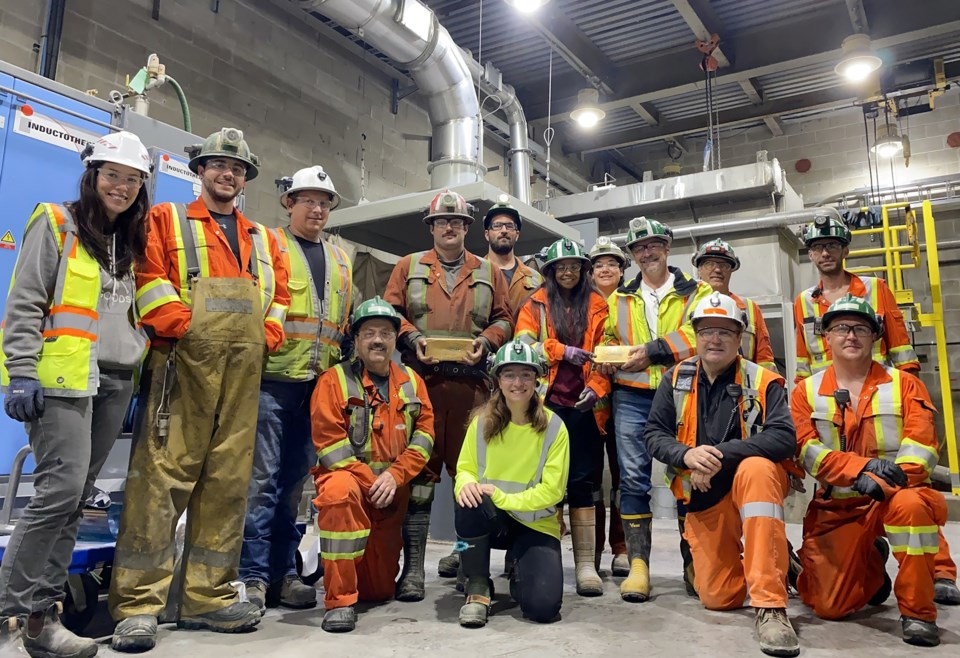The financing well has run dry for Pure Gold Mining in Red Lake.
The Vancouver-based gold miner announced Oct. 31 has obtained an initial order for creditor protection from the Supreme Court of British Columbia under the Companies’ Creditors Arrangement Act (CCAA).
Saddled with a $13-million deficit in net working capital and only $2 million cash in the bank, the company decided only a week ago to shutter the northwestern Ontario operation, placing the underground mining and milling operation on care and maintenance.
KSV Advisory is the court-appointed monitor.
In a news release, Pure Gold said the move to CCAA was made after considering its cash position, the timing of its scheduled debt payments, and its upcoming revenues and expenses.
The company didn’t provide any information on how many employees in the Red Lake area will be impacted but earlier this year, in an effort to get costs under control, approximately 20 per cent of its workforce were let go in order to get staffing levels reduced from 340 to 275.
The company said all options are on the table to preserve the asset.
In the release, Pure Gold management and its advisors said it will consider all “transactional and restructuring options with a goal of maximizing value for the company and its stakeholders.”
The CCAA order the company seeks today will provide a stay to creditor claims and proceedings and allows Pure Gold to borrow money from its lending partner, Sprott Private Resource Lending, in order to maintain the operation.
The Pure Gold Mine is the company’s only mining asset. It was developed on the site of the former Madsen Mine, located on the outskirts of the community of Red Lake. The operation started commercial production in August 2021.
The company is on its third CEO in less than a year with much turnover on the operational level on the ground in Red Lake.
An early signal that Pure Gold’s “turnaround plan” wasn’t achieving the desired results was a July news release that a strategic review process was being launched that could involve a potential merger or sale of the mine. A surge of financing in May didn't seem to help.
In a startling, yet candid, admission last August, company president-CEO Mark O’Dea said part of the reason for the mine’s lackluster production start a year ago was that mining began at the wrong end of the deposit.
Despite lofty ambitions for a strong fourth quarter forecasted at the beginning of October, the company admitted only weeks later that the operation hasn’t achieved “constant positive site-level cash flow” despite cuts made to employees and operating costs.
The company admitted it was in danger of default on its debt obligations to Sprott, if outside financing wasn’t obtained in short order. In working with Sprott, “several near-term funding and strategic alternatives” were being considered.
Similar circumstances involving geology and production dogged Rubicon Minerals in 2015, resulting in that mine being shut down with a corporate structuring. The former Phoenix Gold Mine is now owned by Evolution Mining of Australia.
Earlier this year, another Australia mining company, Silver Lake Resources, rode to the rescue to salvage the Sugar Zone Gold Mine in White River, after that operation entered CCAA before Christmas.




